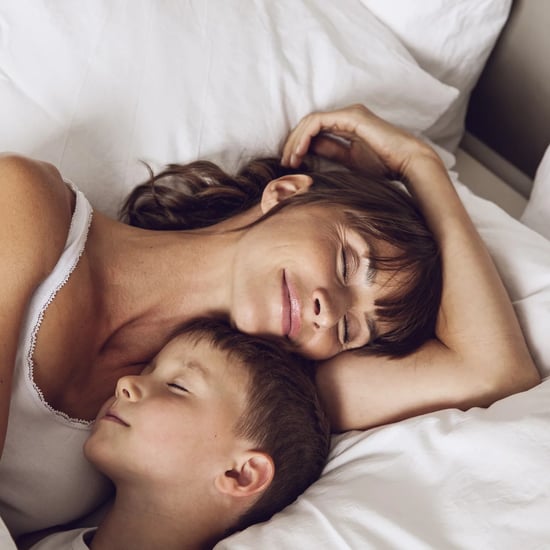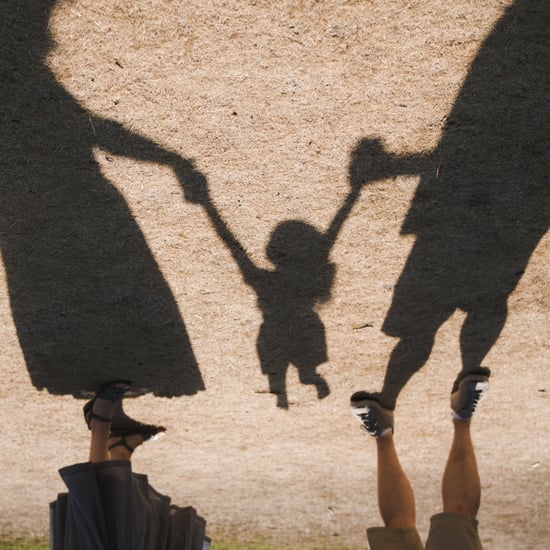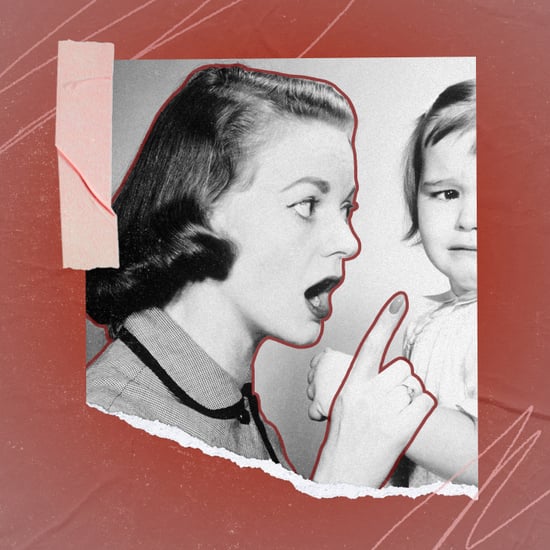1. If your first child was easy to sleep-train, your second baby will be too.
Was sleep-training your first baby a cake walk? That's great. But Dr. Naidoo warns that parents with another on the way shouldn't get too comfortable just yet.
"You can't compare one child to another, so it's important to be adaptable," she explains. "Everyone is born with an intrinsic thing called a temperament — and that could make a child fussy or easy to control. The most important thing about adaptability is that as a mom you're really trying to understand the cues of the specific child."
And the same can be said when it comes to keeping up with the Jones'. It's great that sleep training came easy to your sister or neighbour — but everyone's journey is different.
"One of the most important things moms should try to avoid is getting caught up in expectations," said Dr. Naidoo. "Don't forget that sleep training is both a process and a journey. Some people are going to have easier journeys."
2. If you take a break from sleep training, all is lost.
Although being consistent is key to finding success in the sleep training department, slacking off for a few days isn't the end of the world. Dr. Naidoo compared taking a sleep training hiatus to what happens to adults when they stop exercising.
"It's OK if you miss two or three days if you're on holiday. It's kind of like working out. It's going to be harder but you can still do it," she said, adding that: "If you do take a week or two off you can still transition back to the process later on. But keep in mind if you take off two weeks, it'll probably take you four weeks to get back on track."
Dr. Nicole Caldwell, an ambulatory physician at Nationwide Children's Hospital in Ohio, agrees, saying that taking breaks is all part of the process.
"If you need to take a break due to illness, or other disruptions in your family's schedule, you can always revisit the process and start again. However, if it has become too stressful, or does not seem to be effective, you may want to reconsider if CIO is right for you."
3. Once babies are sleep-trained, they won't need nighttime feedings.
Although Dr. Caldwell doesn't recommend beginning sleep training until your child is between 4 and 6 months old, babies are still people — and sometimes people wake up in the middle of the night.
"The earlier the infant learns to fall asleep on their own, the easier you may find it is to sleep-train," said. Dr. Caldwell. "However, infants that are still regularly waking at night to feed should not begin sleep training."
Dr. Naidoo thinks ultimately parents know their children better than anyone — so if your baby wakes up hungry, then by all means feed baby.
"If you think about it, it's a pretty big transition for baby. They go from getting fed consistently in the womb through the placenta to having to wait every few hours once they're born," said Dr. Naidoo. "It's not surprising it would take a few months for them to get used to that."












